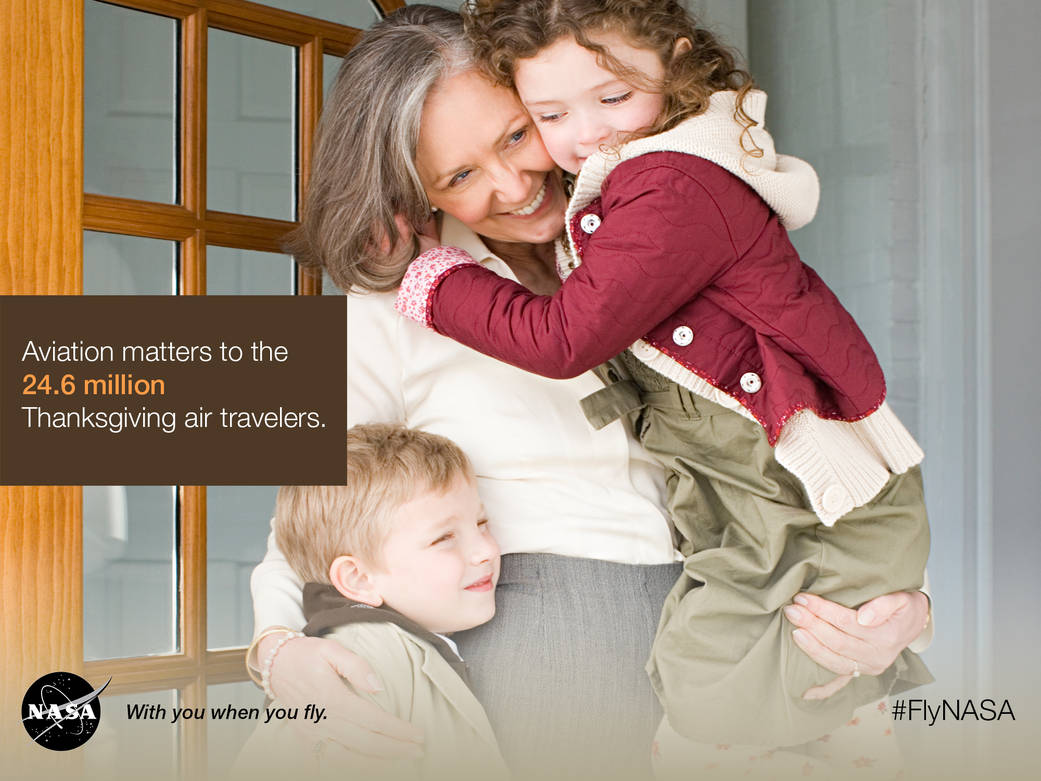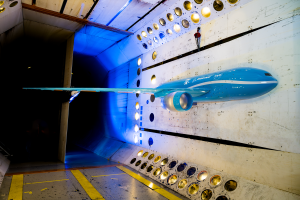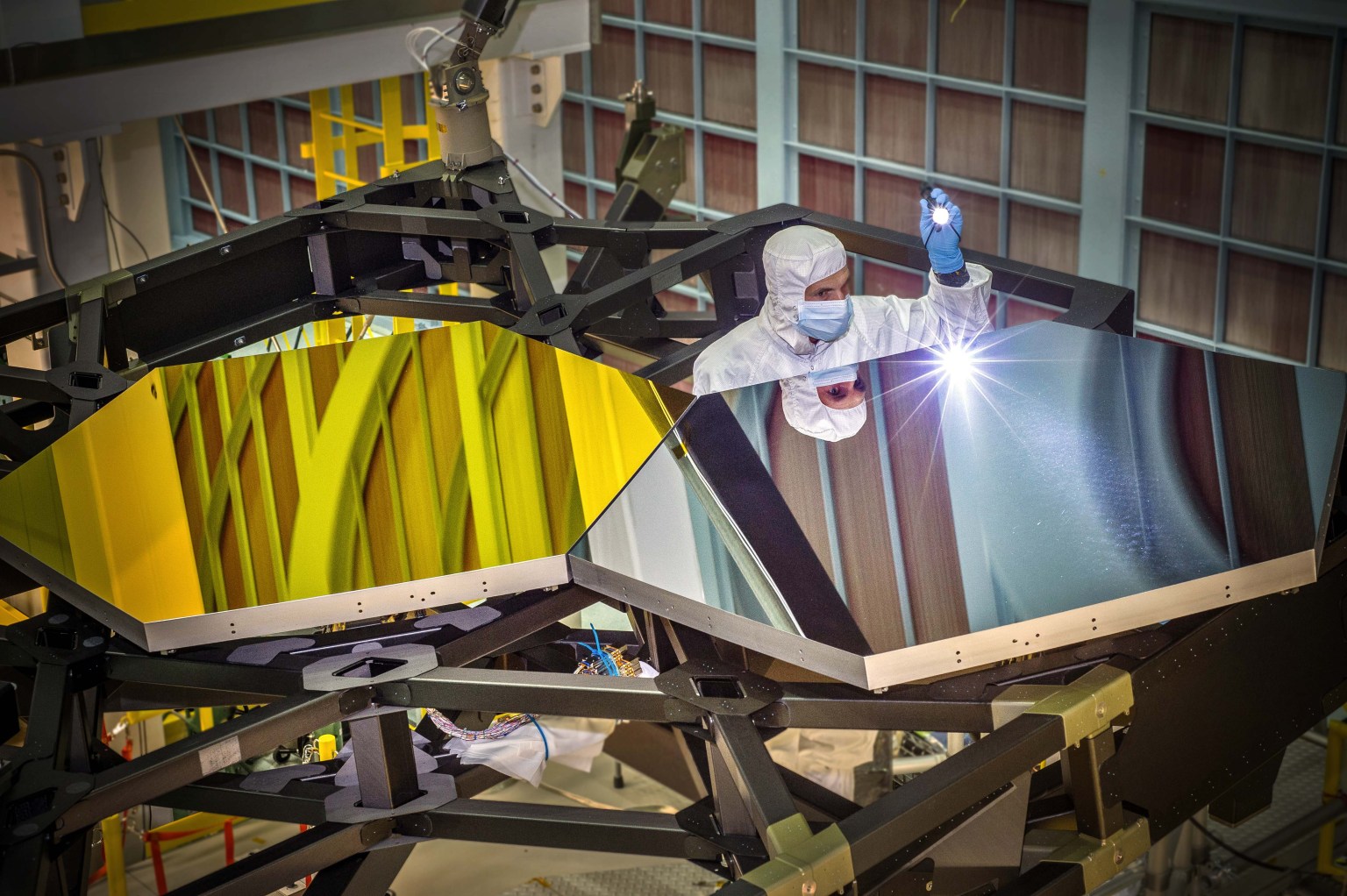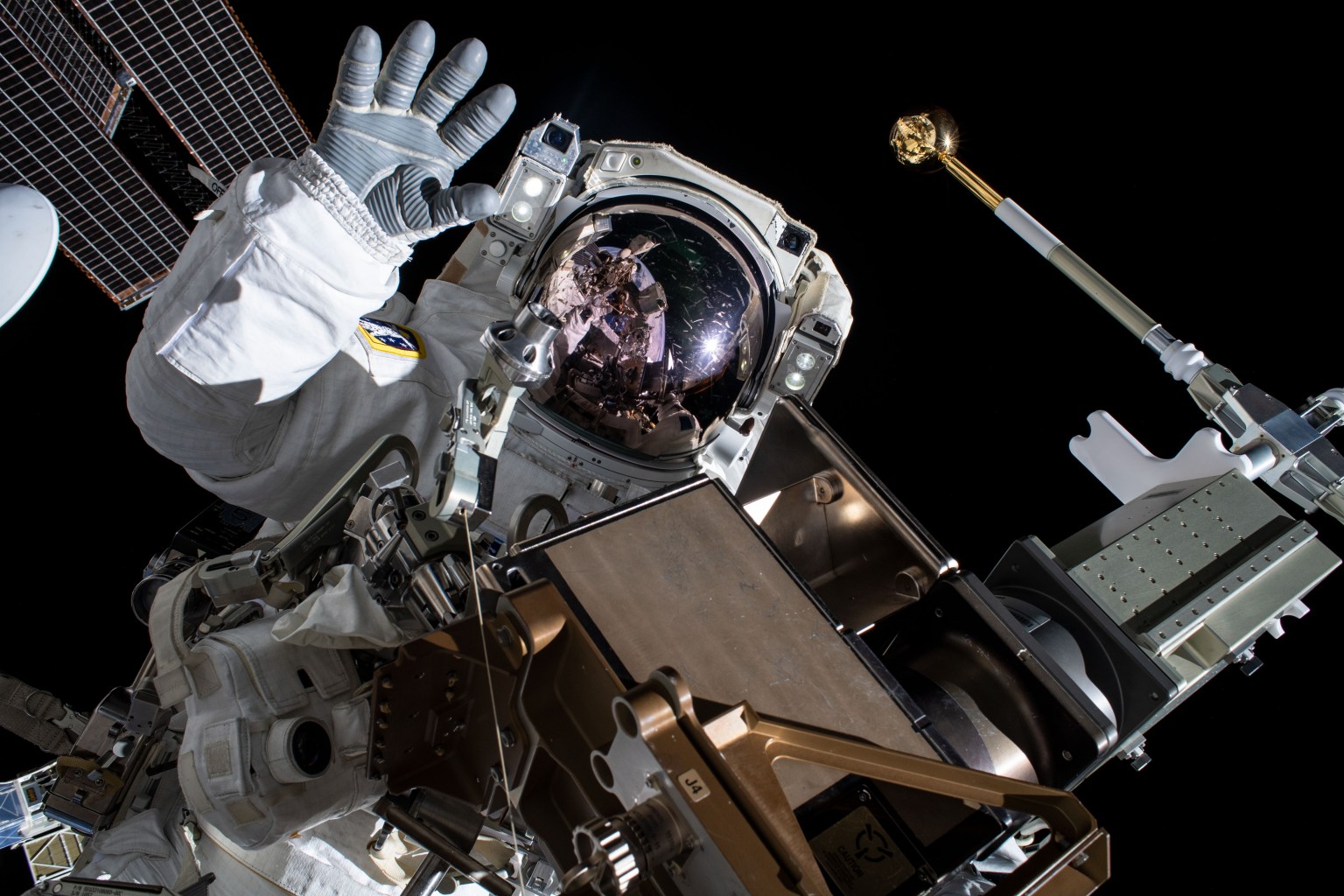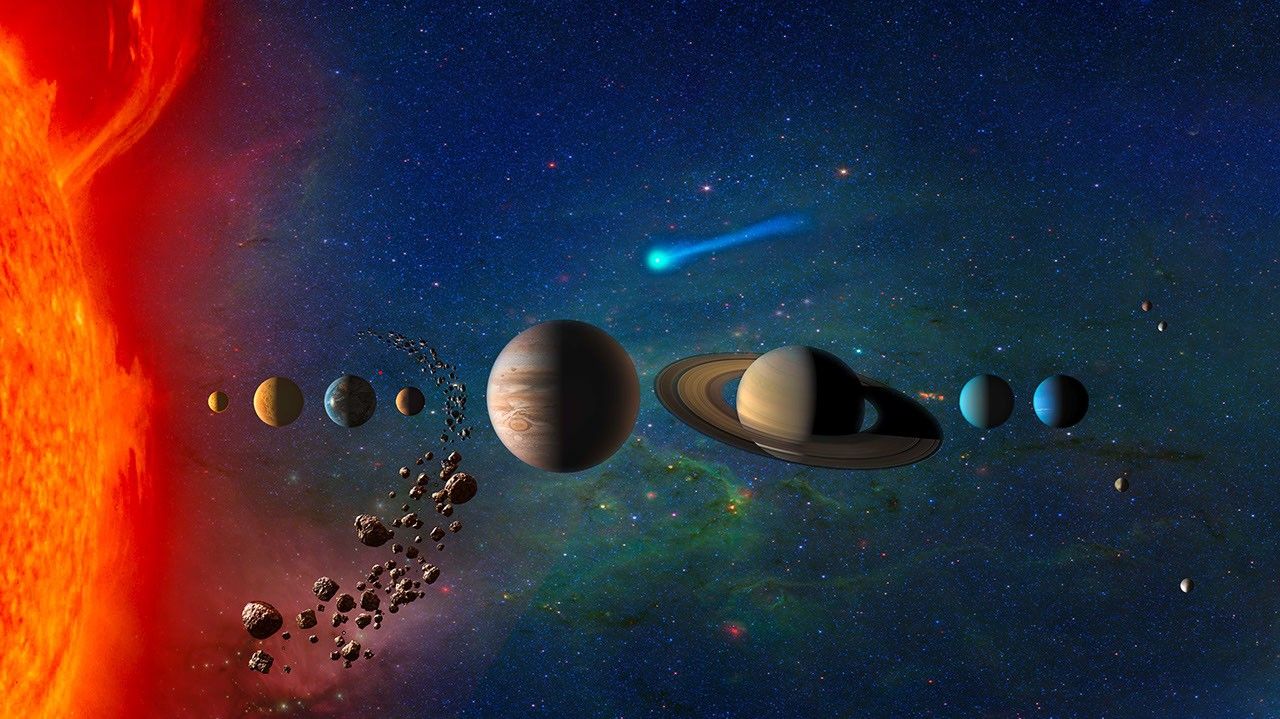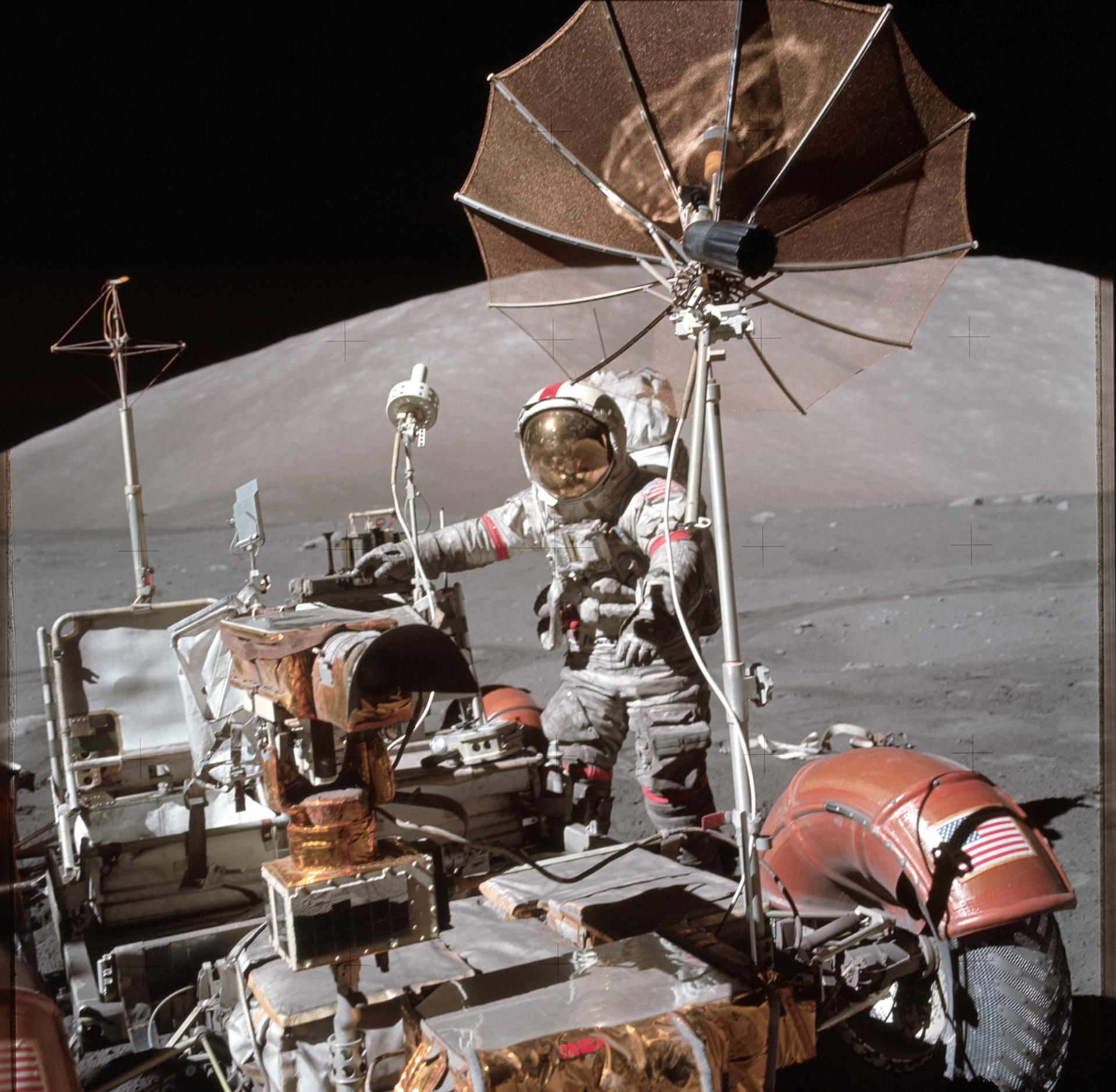The industry association Airlines for America predicts 24.6 million passengers will take off to visit friends and family during the upcoming Thanksgiving holiday weekend, up 1.5 percent from 2013. Sunday, Nov. 30, will be the busiest day of the year at U.S. airports.
Thanks to advancements in aeronautics developed by NASA, today’s aviation industry is better equipped than ever to safely and efficiently transport all those passengers to their destinations.
“It is absolutely true that every U.S. aircraft flying today has NASA-developed technology incorporated into it in one way or another,” said Jaiwon Shin, NASA’s associate administrator for aeronautics.
Streamlined aircraft bodies, quieter jet engines, techniques for preventing icing, drag-reducing winglets, lightweight composite structures, and so much more are an everyday part of flying thanks to NASA research that traces its origins back to the earliest days of aviation.
It’s the same story for the U.S. air traffic control system. Computer software tools produced by NASA to help reduce congestion from gate to gate, on the airport tarmac and along the highways in the sky, are in place at Federal Aviation Administration facilities all over the country.
“That’s why we like to tell people that NASA is with you when you fly,” Shin said.



























